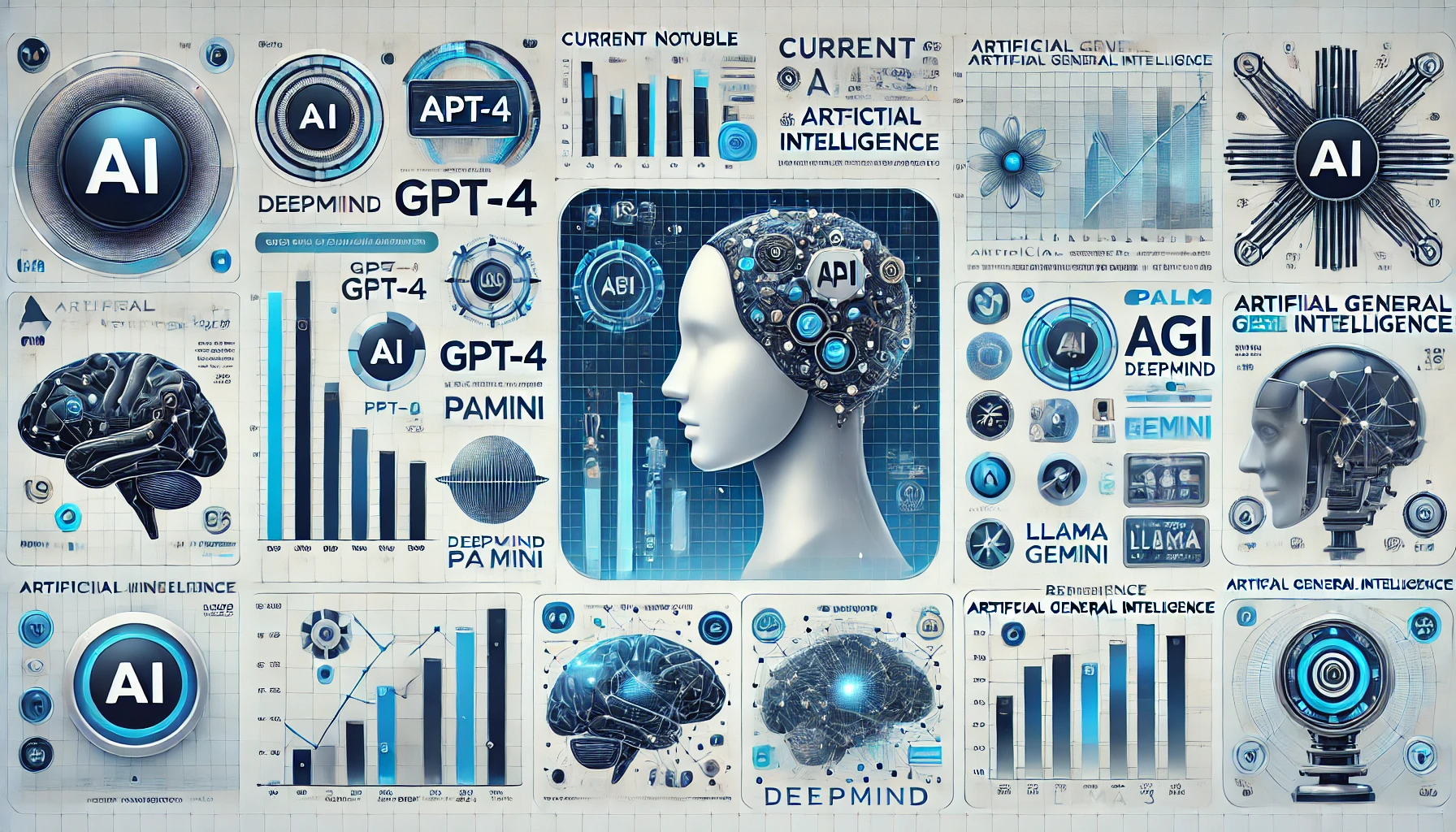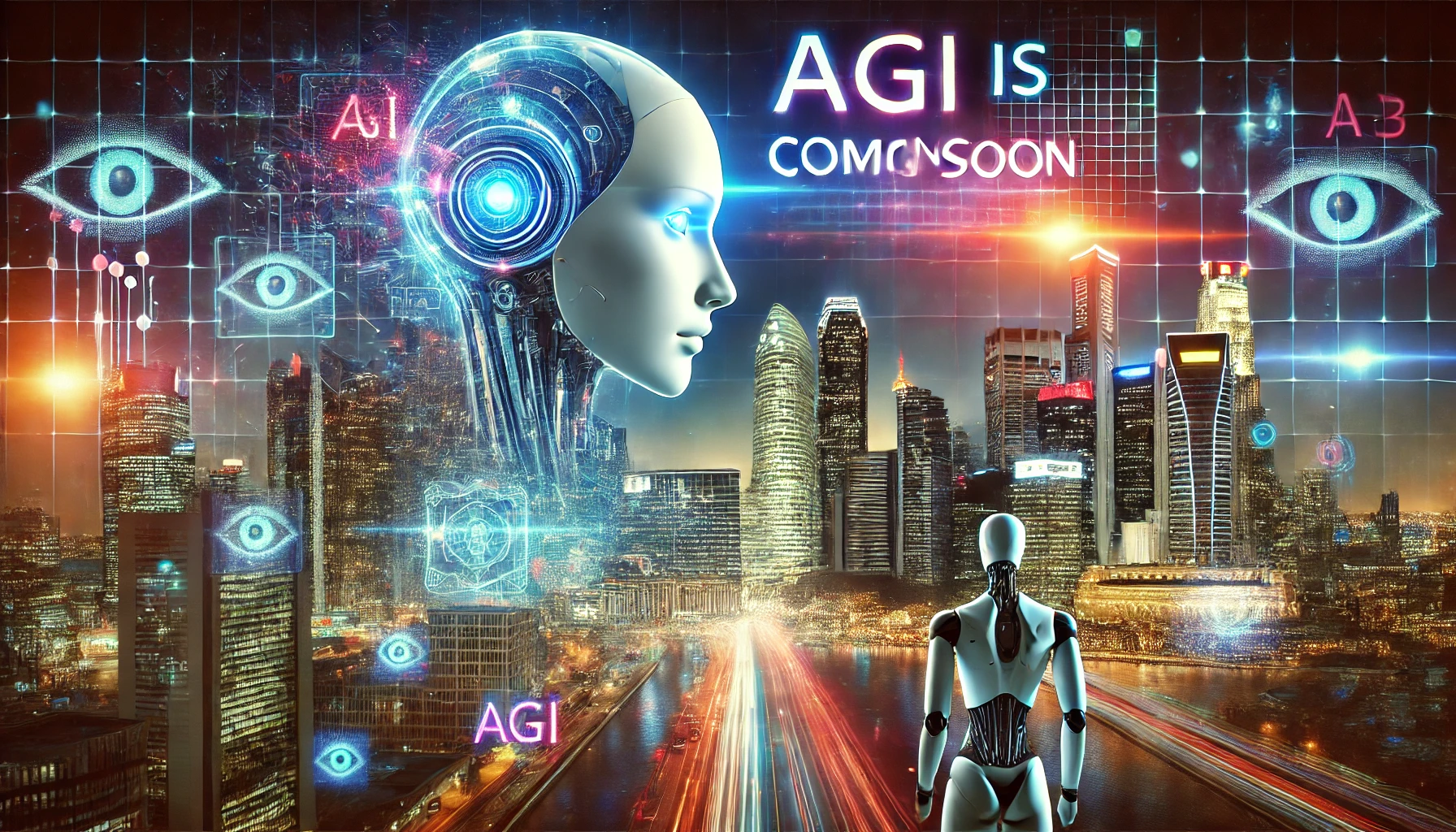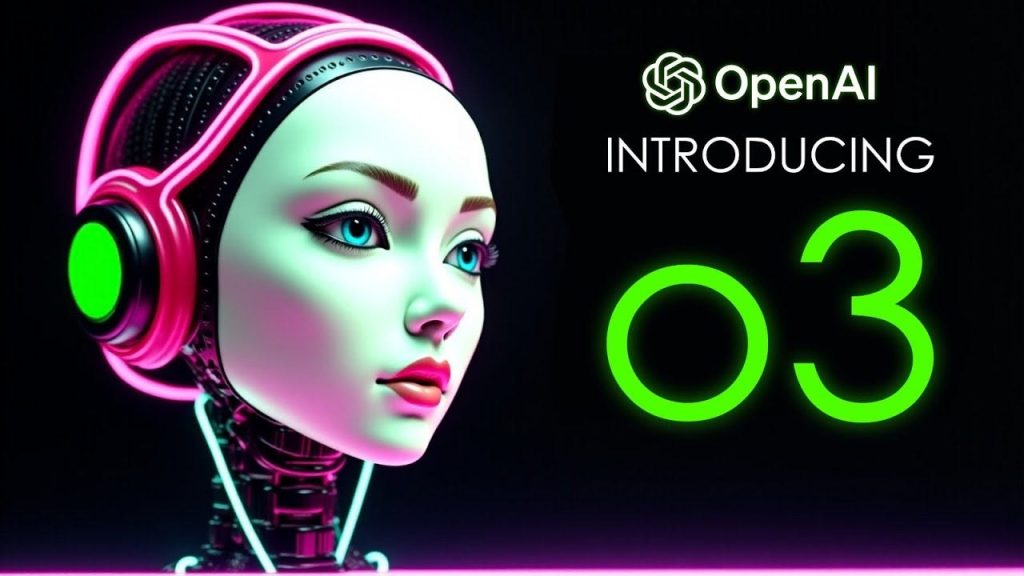
OpenAI’s o3 Model
OpenAI’s o3 has achieved significant milestones, particularly on the ARC-AGI benchmark, which assesses an AI’s ability to generalize and solve novel problems. The o3 model scored 75.7% under standard compute conditions and 87.5% with extended computational resources, surpassing the human threshold score of 85%
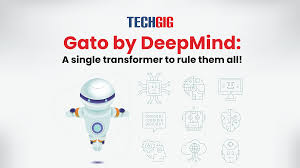
DeepMind’s Gato
Gato is a generalist agent capable of performing multiple tasks across various domains, including language processing, image recognition, and robotic control. While specific benchmark scores are not publicly detailed, Gato’s versatility across 600+ tasks demonstrates its potential in progressing toward AGI.
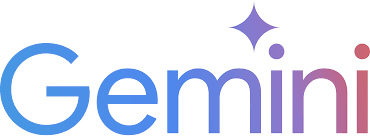
Google’s Gemini
Gemini integrates advanced language understanding with multimodal processing, aiming to emulate human-like reasoning and problem-solving. Although exact benchmark scores are limited, Gemini’s design focuses on achieving general-purpose AI applications, contributing to the AGI development landscape.
Anthropic’s Claude
Claude emphasizes AI alignment and safety, crucial for AGI development. It excels in ethical reasoning and decision-making, with performance metrics indicating strong capabilities in natural language understanding and generation.
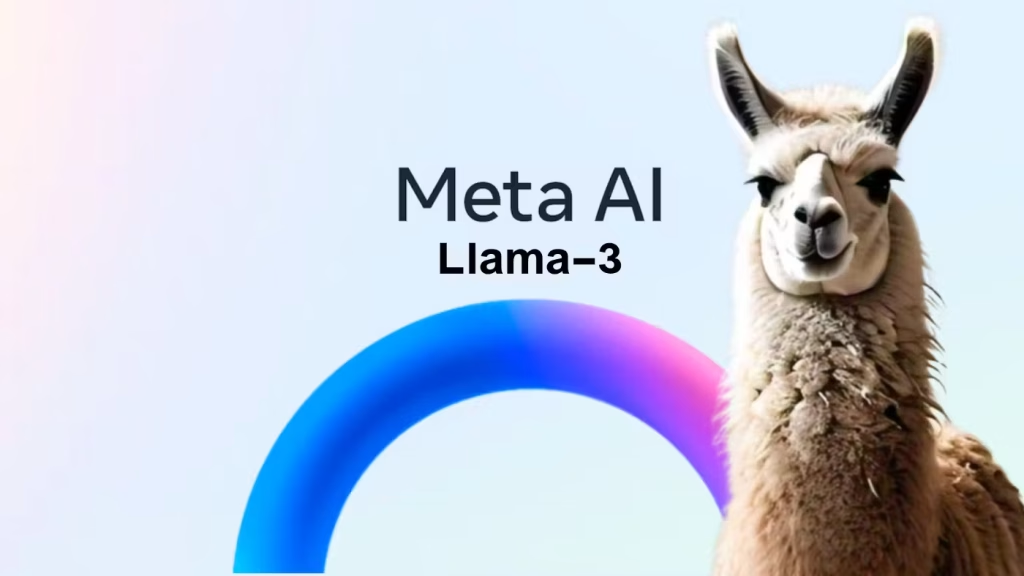
Meta’s LLaMA (Large Language Model Meta AI)
LLaMA models are optimized for open-source development, scalability, and efficient performance. They have demonstrated strong results on various language understanding benchmarks, contributing to the open-source AI community’s efforts toward AGI.
【{“image_fetch”: “IBM WatsonX AI model”}】 IBM’s WatsonX
WatsonX focuses on explainability and general-purpose AI, essential aspects of AGI. It has shown proficiency in tasks requiring complex reasoning and multimodal understanding, aligning with the goals of AGI research.
【{“image_fetch”: “Hugging Face BLOOM AI model”}】 Hugging Face’s BLOOM
BLOOM is an open-source multilingual language model developed collaboratively. It supports 46 languages and 13 programming languages, showcasing versatility that is a stepping stone toward AGI.
These models represent significant advancements in AI research, each contributing uniquely to the pursuit of AGI. Their performances on various benchmarks reflect progress in reasoning, generalization, and adaptability—key components in developing systems with human-like intelligence.
Note: Benchmark performances are subject to change as models are updated and new evaluations are conducted. For the most current information, refer to the latest publications and official sources.
[SEO optimized]
